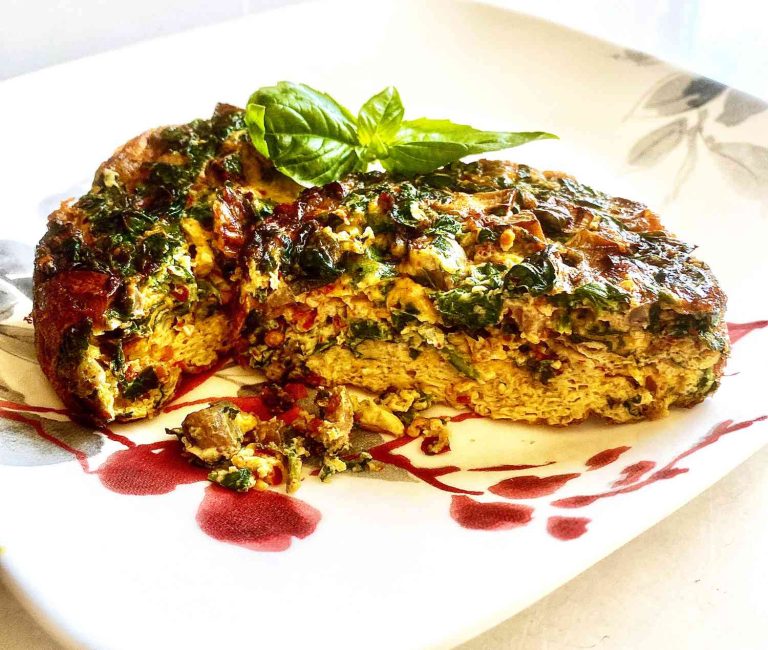Southern Fried Catfish Recipe: History, Techniques, and Health Tips
Southern Fried Catfish has deep roots in Southern cuisine, reflecting the region’s agricultural bounty and culinary traditions. Historically, catfish thrived in the rivers and lakes of the Southern United States, making it a readily available protein source for many communities. Indigenous peoples first appreciated catfish for its abundant meat and unique flavor, and their cooking techniques evolved as settlers arrived. As African slaves introduced their own cooking methods, notably deep-frying, this fusion of techniques laid the groundwork for what we now recognize as Southern Fried Catfish. Today, it symbolizes the blending of Native American, African, and European culinary practices that define Southern cooking.
Evolution of Catfish Cuisine
Initially, catfish was a modest food item, often consumed by poorer families due to its abundance and low cost. Over time, however, its preparation methods, especially frying, began to evolve. In the early 20th century, Southern Fried Catfish gained popularity with the introduction of cornmeal breading, which provides a distinct crunchy texture that enhances the fish’s flavor. This dish moved from humble kitchens into local restaurants, and eventually, it became a celebrated part of Southern culinary heritage. Today, it’s common to find this dish served at both casual fish fries and upscale eateries, demonstrating its versatility and lasting appeal. As Southern Fried Catfish has evolved, it retains its cultural significance and continues to be loved by many across generations.
Key Ingredients and Preparation
Choosing the Right Catfish
Selecting high-quality catfish ensures your dish stands out. Fresh catfish fillets work best; they’re firm and have a mild smell. Opt for farm-raised catfish if possible—these are more consistent in flavor and texture. When shopping, look for fillets that are white to off-white with no dark spots. Additionally, the flesh should bounce back when pressed gently. Avoid fish with a strong, fishy odor.
Essential Spices and Coatings
Spices and coatings bring your Southern Fried Catfish to life. Start with a cornmeal base—it’s traditional and gives a crunchy texture. You’ll need about 1 cup of fine or medium-ground cornmeal for 4 fillets. Mix in paprika, garlic powder, salt, and black pepper to enhance the flavor. Add 1 teaspoon of each spice to your cornmeal.
Egg wash helps the coating stick. Beat 2 eggs and mix with 1 tablespoon of milk. Dip each catfish fillet in the egg wash before coating it in the seasoned cornmeal.
Frying oil affects the final taste. Use peanut oil or vegetable oil due to their high smoke points. Heat the oil to 350°F for optimal frying. Fry fillets for 4-5 minutes on each side until golden brown and crispy. Place them on a paper towel-lined tray to drain excess oil.
Ensure all necessary ingredients are prepped and measured before cooking. This preparation maximizes efficiency and ensures even, consistent results.
Cooking Techniques for the Perfect Fry
Deep-Frying vs. Pan-Frying
Choosing between deep-frying and pan-frying affects the texture and flavor of your Southern Fried Catfish. Deep-frying cooks the fish evenly and quickly, creating a uniformly crispy crust. To deep-fry, use a deep fryer or heavy-bottomed pot filled with oil heated to 350°F (175°C). Submerge the catfish pieces in the oil until golden brown, typically 5-7 minutes.
Pan-frying uses less oil and requires flipping the fish, making it suitable for those who prefer a lighter, less oily finish. Heat about 1/2 inch of oil in a skillet over medium-high heat. Cook the catfish for 3-4 minutes per side until crispy and golden. Using a cast-iron skillet helps retain heat and ensures an even cook.
Tips for Crispy and Tender Results
Achieving crispy and tender catfish requires a few key techniques. First, thoroughly pat the catfish fillets dry before coating to ensure the cornmeal sticks well and crisps up. Use a buttermilk marinade to tenderize the fish and add flavor. Soak the fillets for at least 30 minutes.
For the coating, mix cornmeal with essential spices like paprika, garlic powder, and salt. Press the fillets into the cornmeal mixture, coating them evenly. Shake off any excess to avoid clumps and ensure an even crust.
When frying, maintain a constant oil temperature of 350°F (175°C). Overcrowding the pan drops the temperature, leading to soggy catfish. Fry in small batches to keep the oil hot and produce crispier results.
Finally, drain the fried catfish on a wire rack instead of paper towels. This prevents steam from making the crust soggy. If needed, keep the fried catfish in a warm oven (around 200°F or 95°C) until serving to maintain its crispiness.
Serving Southern Fried Catfish
Traditional Side Dishes
Southern Fried Catfish pairs well with a variety of traditional side dishes. Classic options include coleslaw, hush puppies, and cornbread. Coleslaw, made from shredded cabbage, carrots, and a creamy dressing, adds a refreshing crunch. Hush puppies, deep-fried cornmeal balls, provide a savory contrast. Cornbread offers a slightly sweet and crumbly texture that complements the fish. Consider adding greens, such as collard or mustard greens, often simmered with smoked meats and seasoned to perfection. Potato salad, featuring boiled potatoes, mayonnaise, and mustard, also finds its place on many tables next to fried catfish.
Popular Condiments
Popular condiments enhance the flavor of Southern Fried Catfish. Tartar sauce, a blend of mayonnaise, pickles, and capers, offers a creamy and tangy profile. Hot sauce, typically vinegar-based with a spicy kick, provides an extra layer of heat. Lemon wedges are commonly squeezed over the catfish to add a burst of citrus flavor. Remoulade, a Creole condiment with elements like mustard, paprika, and horseradish, brings a zesty touch. For a bit of sweetness, consider honey or molasses-based sauces which balance the savory notes.
Health Considerations
Nutritional Benefits
Southern fried catfish can offer various nutritional benefits if certain cooking practices are followed. Catfish itself is a great source of high-quality protein and contains omega-3 and omega-6 fatty acids. These fatty acids contribute to cardiovascular health, helping to reduce inflammation in the body.
Here’s a table highlighting the nutritional content per 3.5 oz (100 g) serving of cooked catfish:
| Nutrient | Amount |
|---|---|
| Calories | 105 kcal |
| Protein | 18 g |
| Total Fat | 3 g |
| Omega-3 Fatty Acids | 0.2 g |
| Omega-6 Fatty Acids | 0.5 g |
| Vitamin B12 | 2.4 µg (40% DV) |
Frying methods impact the healthiness of the dish. Using oils high in unsaturated fats, like olive or canola oil, introduces less unhealthy fat compared to traditional methods. Additionally, serving fried catfish with nutrient-rich sides, such as a fresh salad or steamed vegetables, can balance the meal.
Managing Caloric Intake
To manage caloric intake, consider portion sizes and cooking techniques. Southern fried catfish can be integrated into a balanced diet if preparation methods minimize calorie-dense ingredients. For a healthier version, opt for light breading options using whole grain flour or cornmeal.
Deep frying increases the calorie content significantly. Instead, pan-frying or air-frying can reduce oil absorption. For instance, pan-frying in a moderate amount of oil may keep the caloric count lower than deep frying.
Here’s an example of how different cooking methods affect calorie content per serving (100 g):
| Cooking Method | Calories |
|---|---|
| Deep-Fried | 228 kcal |
| Pan-Fried | 187 kcal |
| Air-Fried | 150 kcal |
By focusing on healthier preparation methods and monitoring portion sizes, you can enjoy Southern fried catfish as part of a balanced diet.
Conclusion
Southern Fried Catfish isn’t just a dish; it’s a culinary experience steeped in rich history and diverse cultural influences. By mastering the right techniques and making thoughtful ingredient choices, you can enjoy a delicious and healthier version of this classic. Whether you opt for traditional accompaniments or experiment with nutrient-rich sides, there’s no shortage of ways to savor this Southern staple. With a few mindful adjustments, you can keep your meal flavorful and nutritious, ensuring that Southern Fried Catfish remains a beloved part of your diet for years to come.






